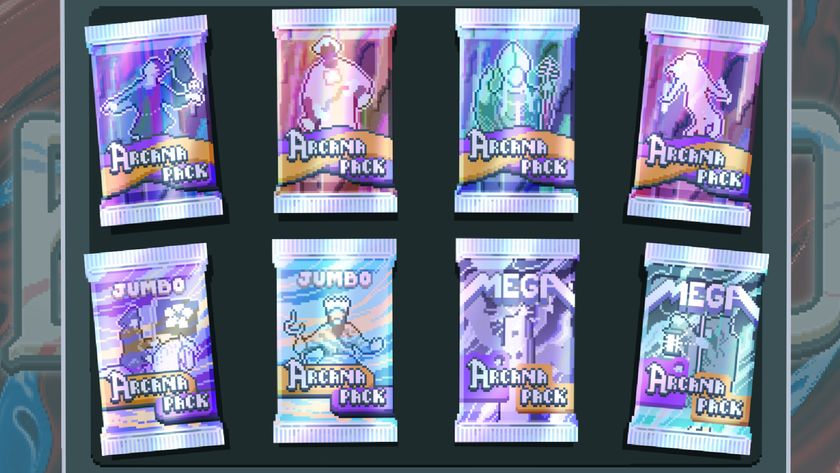Video games have become too unfocused and need to simplify
There is a problem with modern games that only becomes apparent if you do some recreational time travelling. As a keen retro enthusiast, that's exactly how I spend my gaming time. I'll go from FIFA 14 to Virtua Striker 2 (pictured), from Watch Dogs to Crazy Taxi and from GRID Autosport to Super Monaco GP 2. And even GTA5 to Magicland Dizzy. And the one thing that becomes obvious when you do this is the difference in approach, specifically regarding complexity and sprawling scale.
Generally, games made before 2002 are self-contained nuggets of gaming that deliver one idea, or perhaps merge two styles into one. After that, it all gets a bit blurry and that's the reason we're not seeing as many all-time classics as we should. I mean, the modern consoles have enough power to realise any idea a developer could have. So why have the past 12 months given us so few memorable titles? End-of-gen doesn’t explain it, as traditionally that’s when we get some of a system’s best titles. And launch day classics are normally commonplace...
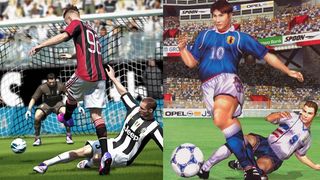
Sure, Watch Dogs is a good game, but the driving isn't brilliant, the shooting isn't brilliant and the damage you can cause to vehicles and pedestrians (you guessed it) isn't brilliant either. The overall experience is one where you come away feeling that you've played a good game, yes, but have you really enjoyed every minute along the way? Probably not. It's just a massive swathe of well-made content to play through and complete. And while this may sound odd, I don't think that's good enough.
Let me give you four examples of modern games that embrace the old way of approaching game design. Tellingly, they all reviewed extremely well here on GamesRadar and the reasons are obvious. Mind your head, the first one's coming in like a…

Titanfall. I'm risking over-simplify things, but Titanfall is a fun game to play. Everyone knows how shooter controls work by now and it's not exactly difficult to make the leap (mentally and literally) when the Titan emerges and a big flashing X symbol appears on the screen urging you to get in. You push X and then you have a freakin' great time. It's fun to play for 5 minutes or 5 hours because the marriage of control and environmental design is wonderful. It's intuitive for beginners yet deep if you want to learn its intricacies, rewarding skilful play with spectacular conflagrations, which you can then share with the world at large. Brilliant! Where do I sign up? And, crucially, it may as well contain one environment and one mech, with one weapon loadout. All the rest is just trimmings and you'd probably have just as much fun for just as much time if the game were demo-sized.
Example 2: Dark Souls. A sprawling quest, and lengthy challenge, certainly, but one that never loses its ultra-sharp focus on combat and survival. It’s a polished, AAA-quality game that has plenty of depth in terms of tactics and character configurations, but it’s essentially all about you and how you deal with combat situations on your journey. It’s like it was designed 20 years ago, only it’s delivered in a modern way. It spawns countless conversations among its players, full of anecdotes and tips, because people feel the need to tell others about this amazing experience. It's no accident. Everything in Dark Souls has a purpose. A reason for being there. A reason better than 'because more stuff is what people want'. And anything that isn't necessary in the creation of that experience simply isn't in the game.
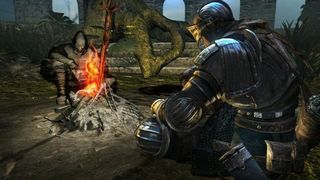
Example 3: Towerfall: Ascension. You might not know what this game actually is because, frankly, the name is about as explanatory as a piece of white paper with jam on it. Might as well have called it 'game game'. But the beauty of Towerfall is that it can actually be described very concisely. Up to four players shoot arrows at each other in a single screen of 2D platforms. Done. And you know what? It's brilliant because of that. Retro-styled, aesthetically, yes, but the frame-rate and 1080p resolution are sufficiently modern, not to mention the pixel-sharp collision detection that lets you actually shoot someone's tiny hat off. I don't consider it a retro throwback--it's just a great video game.
Sign up to the 12DOVE Newsletter
Weekly digests, tales from the communities you love, and more
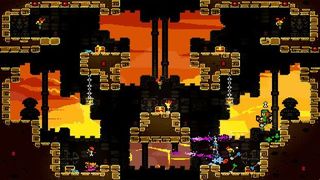
Example 4: Resogun. Specifically, the Resogun Heroes DLC. Because, after receiving a patch that fixed the few problems in the original game’s Arcade mode, the first DLC pack has added Survival Mode. Sure, there's more in there, but Survival Mode is so good, it may as well be the only mode in the game. In fact, it could even be the only game on PS4 and I would still tell everyone to buy the machine to play it. Again, you can see the entire game world on the screen at any time, occasionally allowing you to enjoy one of the most sensationally joyous power-ups in all gaming and offering ultra-responsive and precise shooting/rescuing gameplay. There's zero fluff and zero padding.

The reason these four modern games are so good is because they all make full use of the new generation's capabilities (if subtly in the case of Towerfall), and deliver sensational gameplay. Gameplay that is refined, condensed and packaged up so neatly, you can put the whole game-shaped cookie in your mouth and enjoy the taste as soon as it hits your tongue. Microsoft can sell a 'Titanfall bundle' because it is a perfect package that everyone can make sense of when they see it. It's a great game off which systems are being sold.
So why isn't everyone doing this?! Why do we still have games that attempt to be all things to all people? Expansive design for the sake of scale is rife throughout modern gaming. Look at fighting games. When Soul Blade/Soul Edge (pictured) came out on PSone, it had a roster of 10 characters to choose from. By comparison, Soulcalibur 5 has 28. Is that necessary? No. If SoulCalibur 6 gets announced as a remake of the original Soul Edge, it would be incredible. Imagine a 10-character fighting game where every character had clear personality, lifelike animation and facial expressions, and each of the 10 fighting styles are unique, all wrapped up in 10 backgrounds of jaw-dropping, cinematic quality. It would be *the* 3D fighting game to play on new-gen. Keep SC1's 8-way run and then leave the gameplay nice and simple. Simplicity is king.
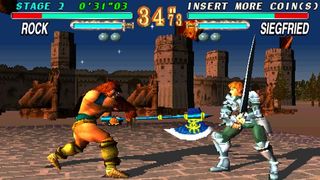
Stripped-back games are becoming the ones that stand out, at least to me. It's why CoD 4 is still my favourite entry in that series. GRID Autosport took a knife to all its extraneous sprigs and the remaining branches of its career mode offer wonderfully accessible gaming, to the point where if you're looking for a track-based racing game, it's essential.
Now, I appreciate some will point to The Elder Scrolls V: Skyrim and GTA5 and argue that they have a ton of content and are essential too, so I'm talking nonsense. But these games are actually equally good examples for this argument is because they still package up one idea and deliver it brilliantly. That one idea just happens to be exploration and discovery on a massive scale. The swathes of missions and gameplay variations are not just there to pad out the experience from 8 hours to 60 – they are every bit as deep and important as everything else. Bethesda and Rockstar have the resources and creative talent to be able to realise each facet with aplomb.
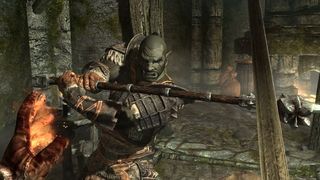
If we're to see shelves full of classic new-gen games, developers need to just set out the boundaries for what they want each title to be (and can feasibly be), then fill in everything inside those markers with dazzling creativity and depth. And 9 times out of 10, that should mean targeted, narrower design. Package it up, sell it on a disc or on the download stores and let the money come flooding in. Do one thing and do it brilliantly. Make a game that is so undeniably awesome at what it does that it is essential. Then we might actually see some more timeless classics like Mario 64, Sonic 2, GoldenEye, and SoulCalibur. You'll notice that everything I've said above can be applied to those games. What an amazing coincidence.
Justin was a GamesRadar staffer for 10 years but is now a freelancer, musician and videographer. He's big on retro, Sega and racing games (especially retro Sega racing games) and currently also writes for Play Magazine, Traxion.gg, PC Gamer and TopTenReviews, as well as running his own YouTube channel. Having learned to love all platforms equally after Sega left the hardware industry (sniff), his favourite games include Christmas NiGHTS into Dreams, Zelda BotW, Sea of Thieves, Sega Rally Championship and Treasure Island Dizzy.
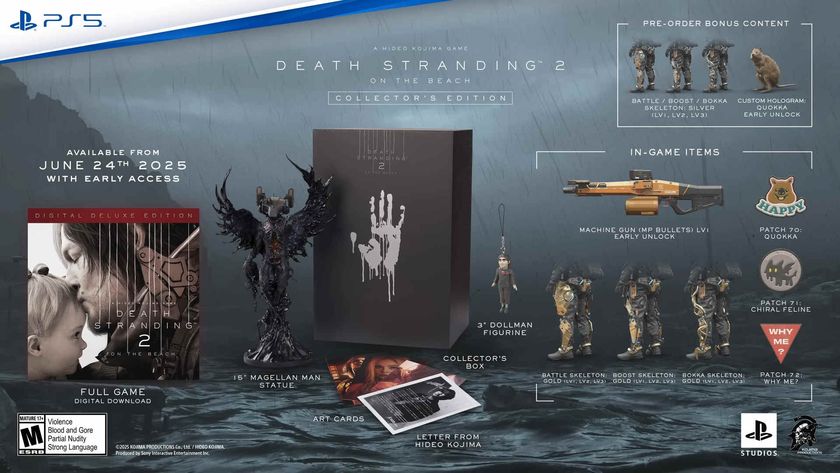
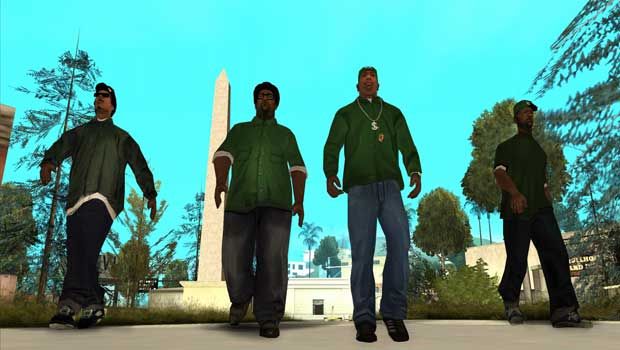
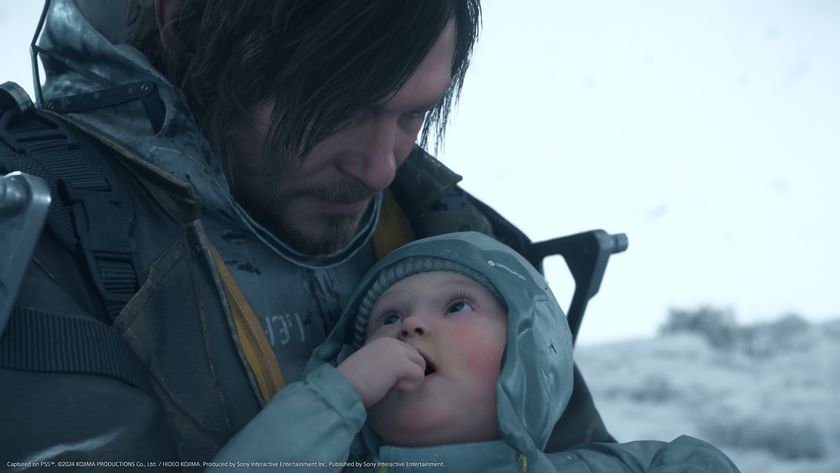
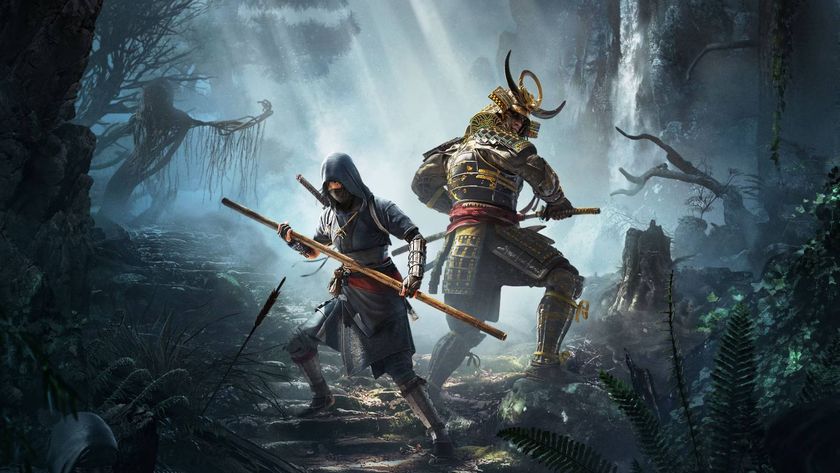
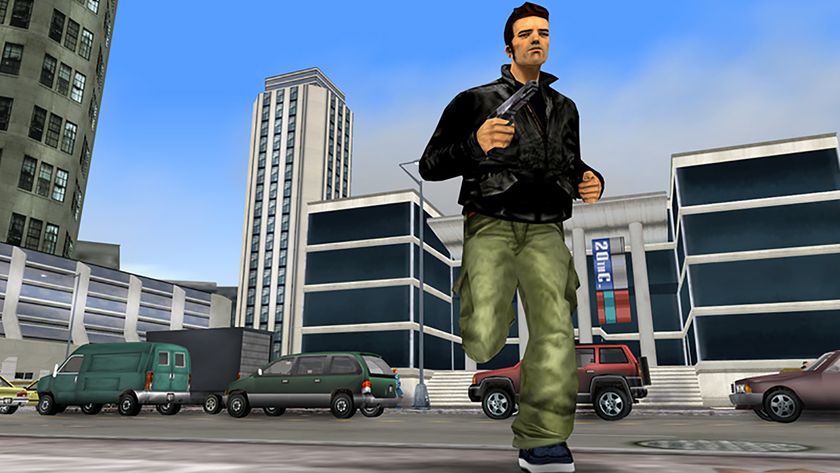
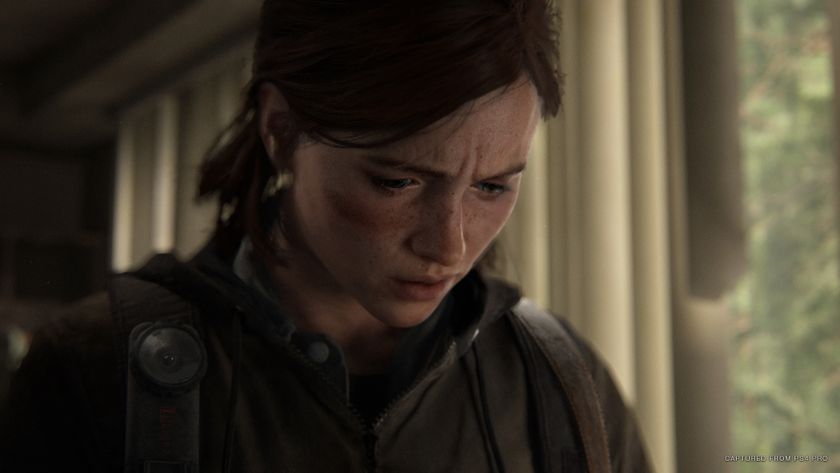







Hideo Kojima reveals Death Stranding 2: On the Beach release date, and the Collector's Edition includes exactly what I predicted it would

Former Xbox boss says GTA: San Andreas and its infamously NSFW Hot Coffee minigame "signified a maturing of the industry" and put games "on par with movies and music"

